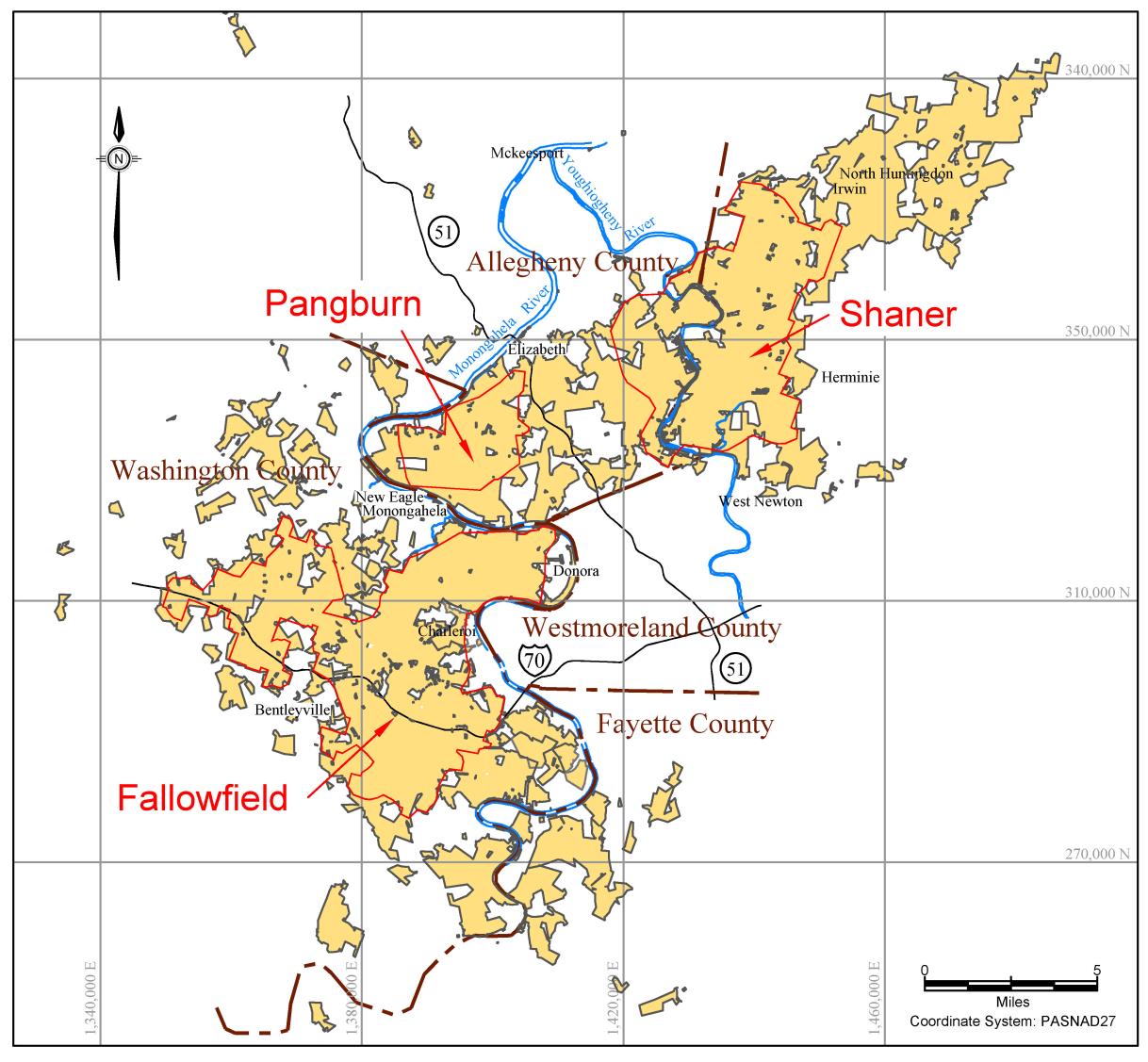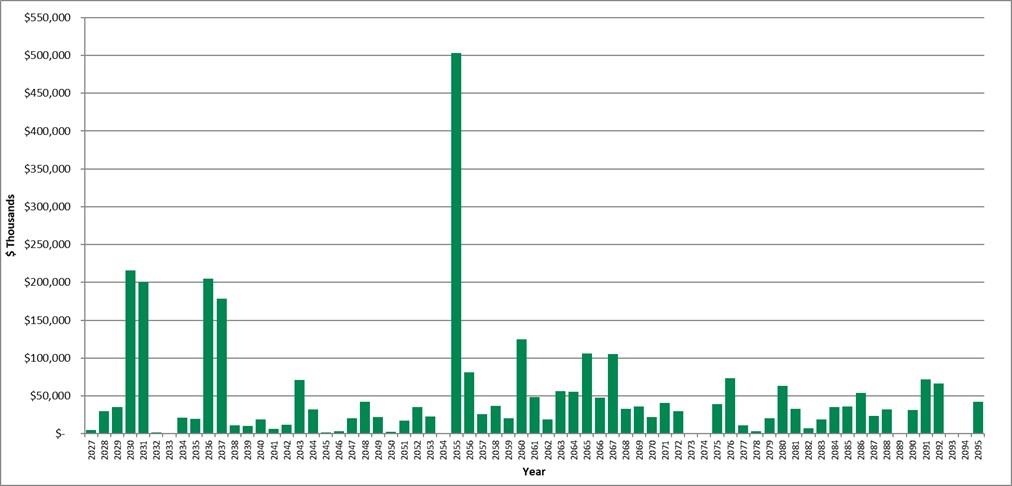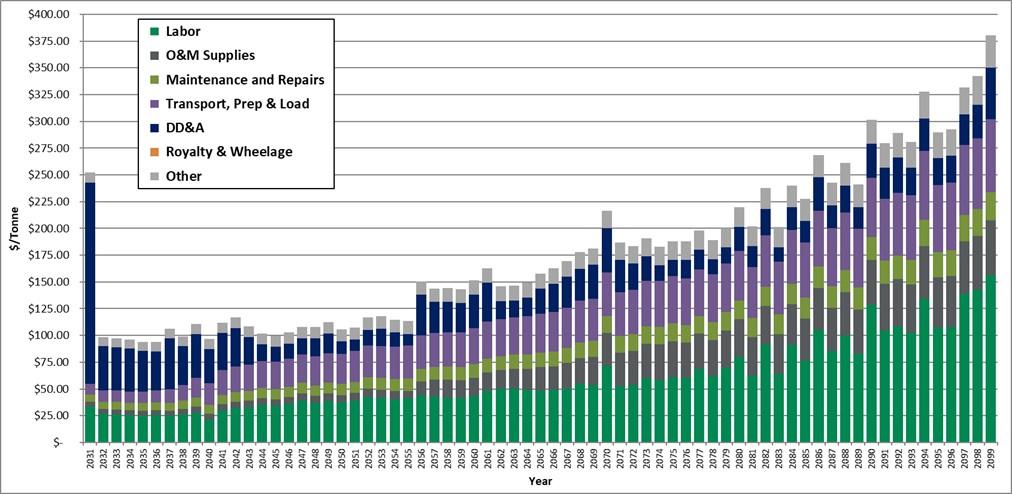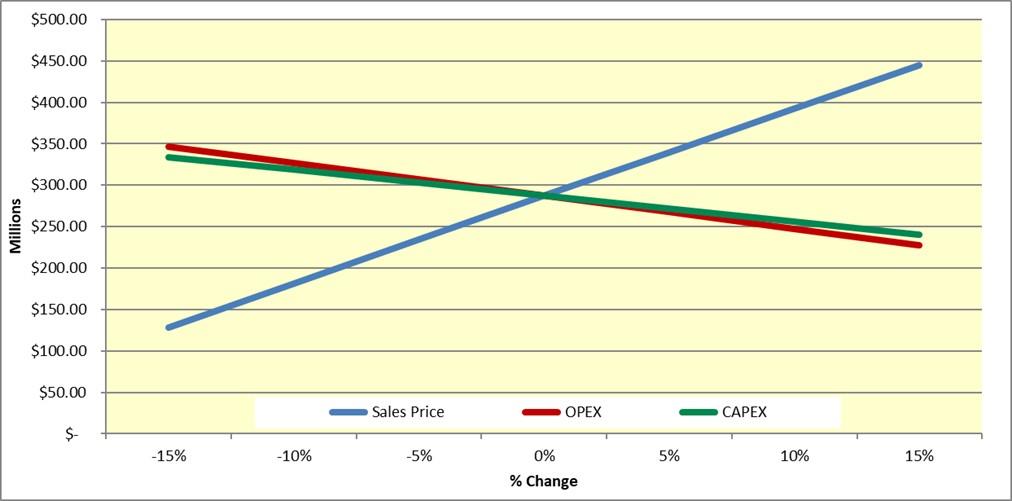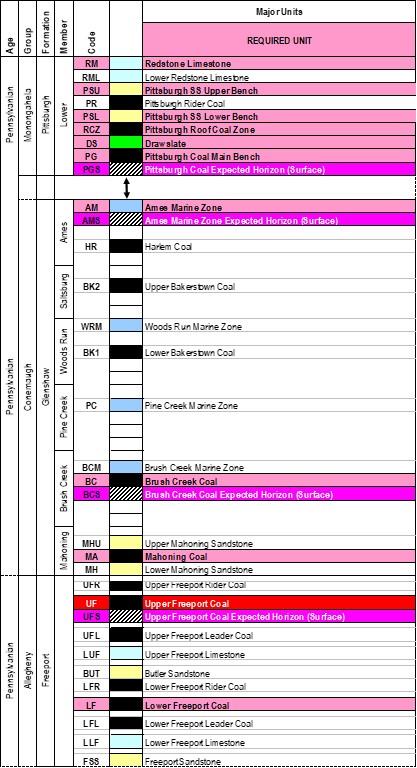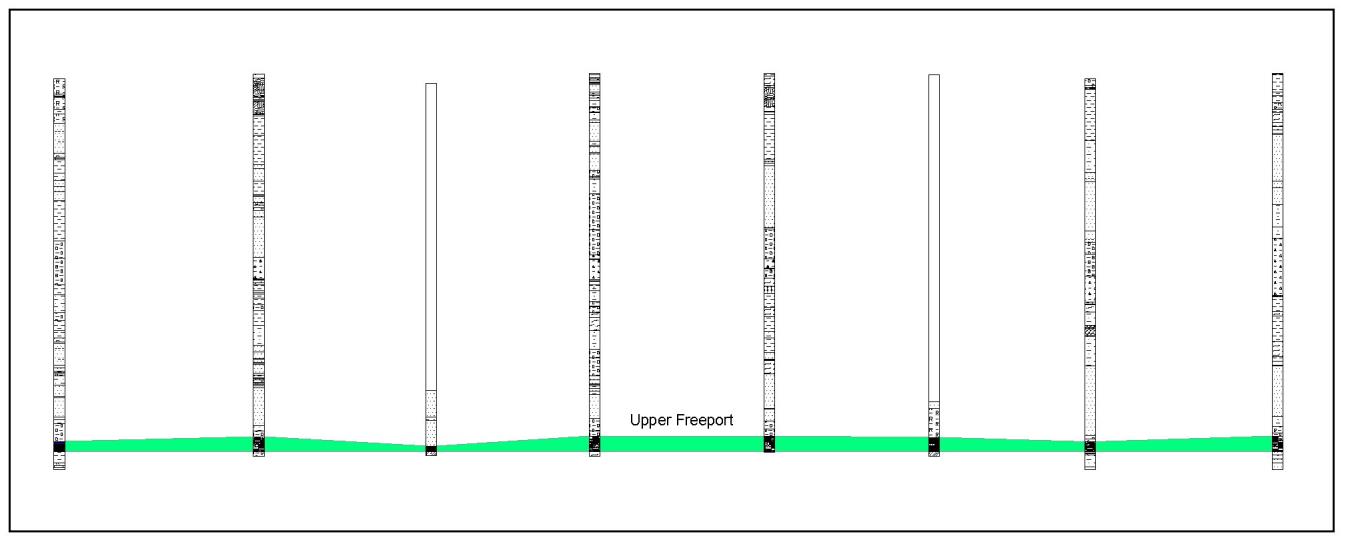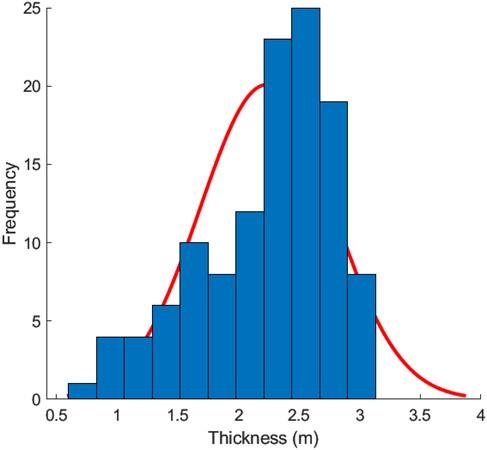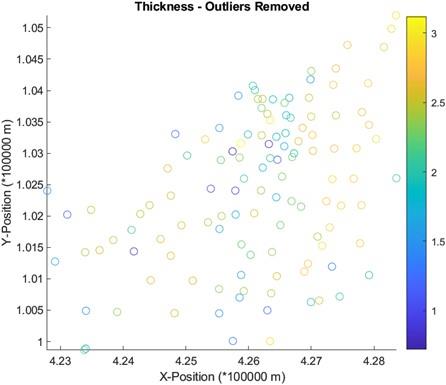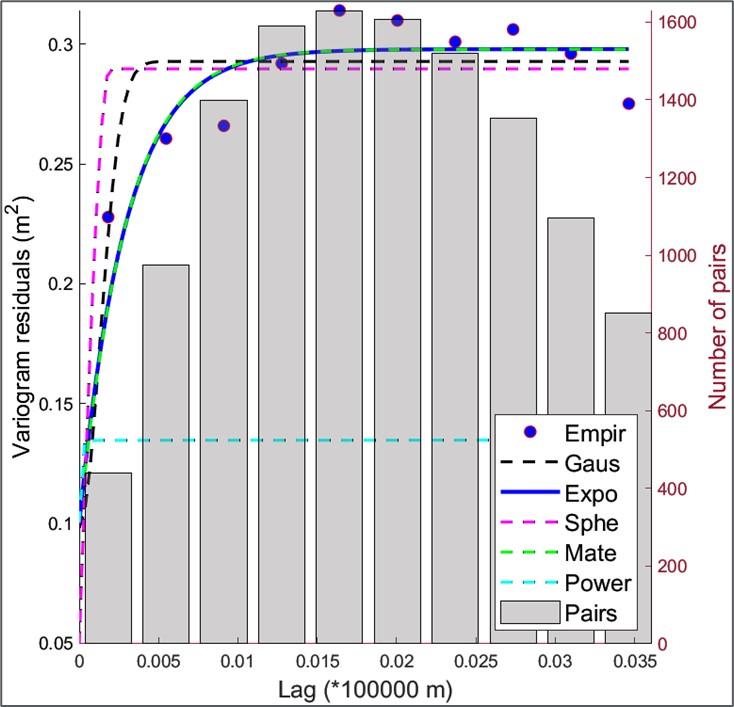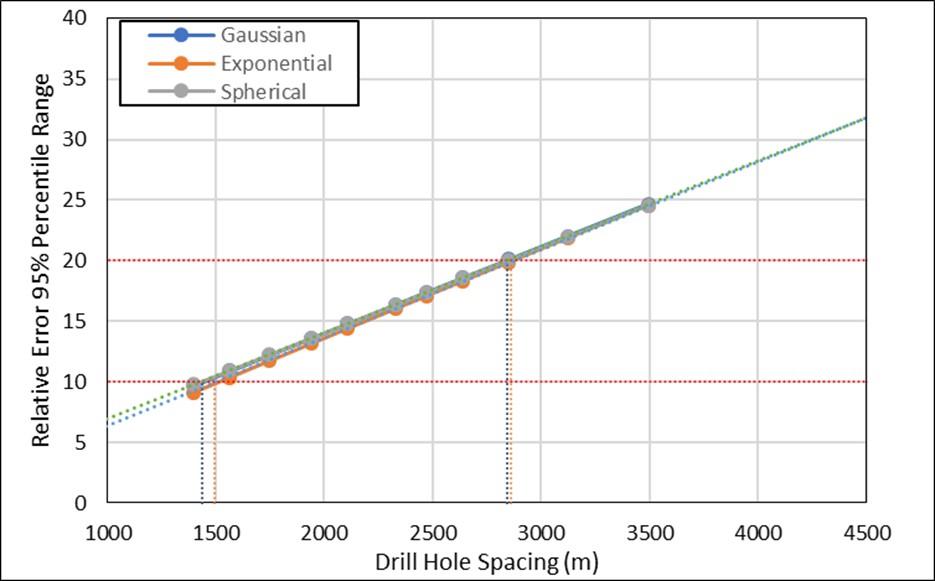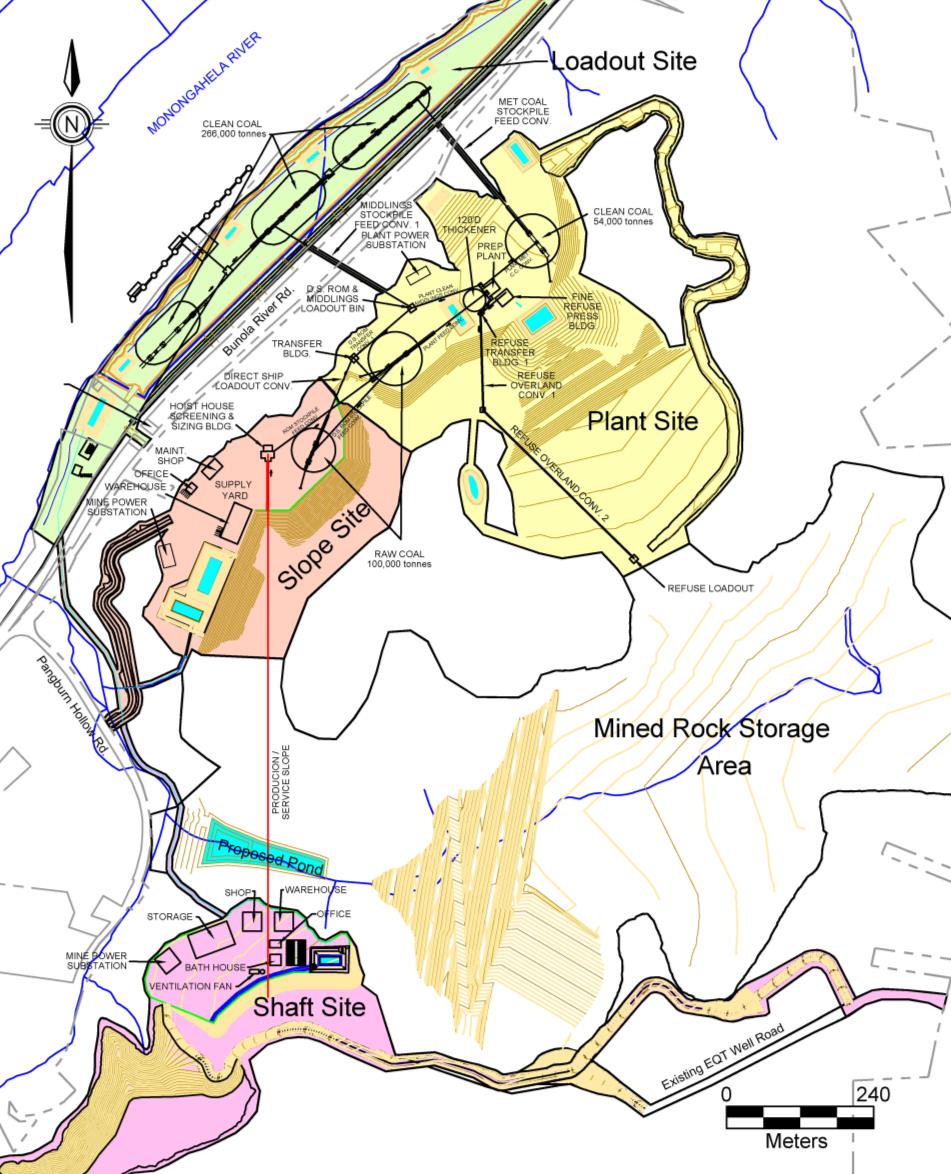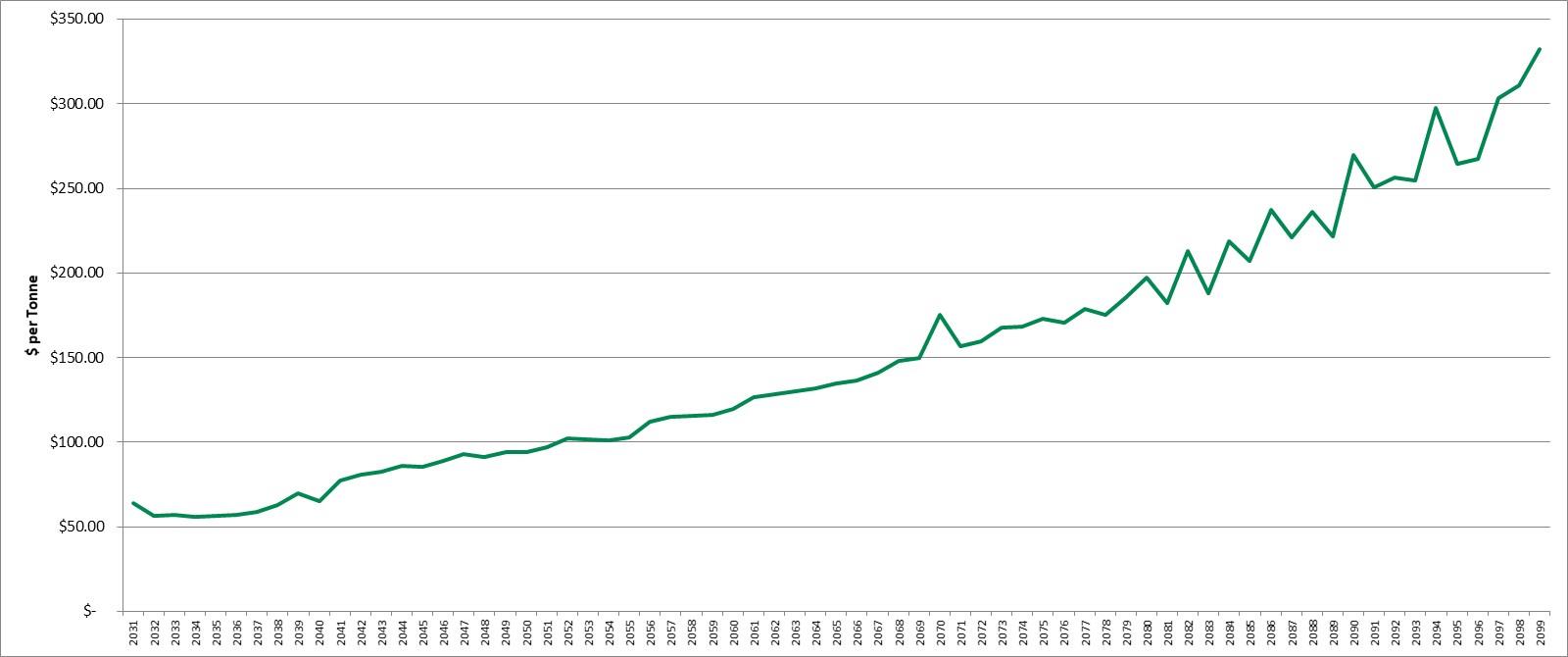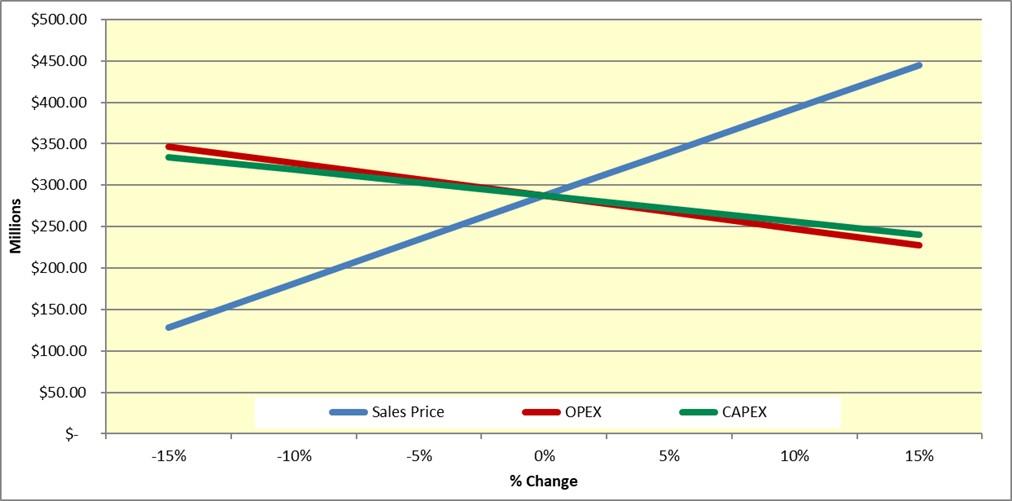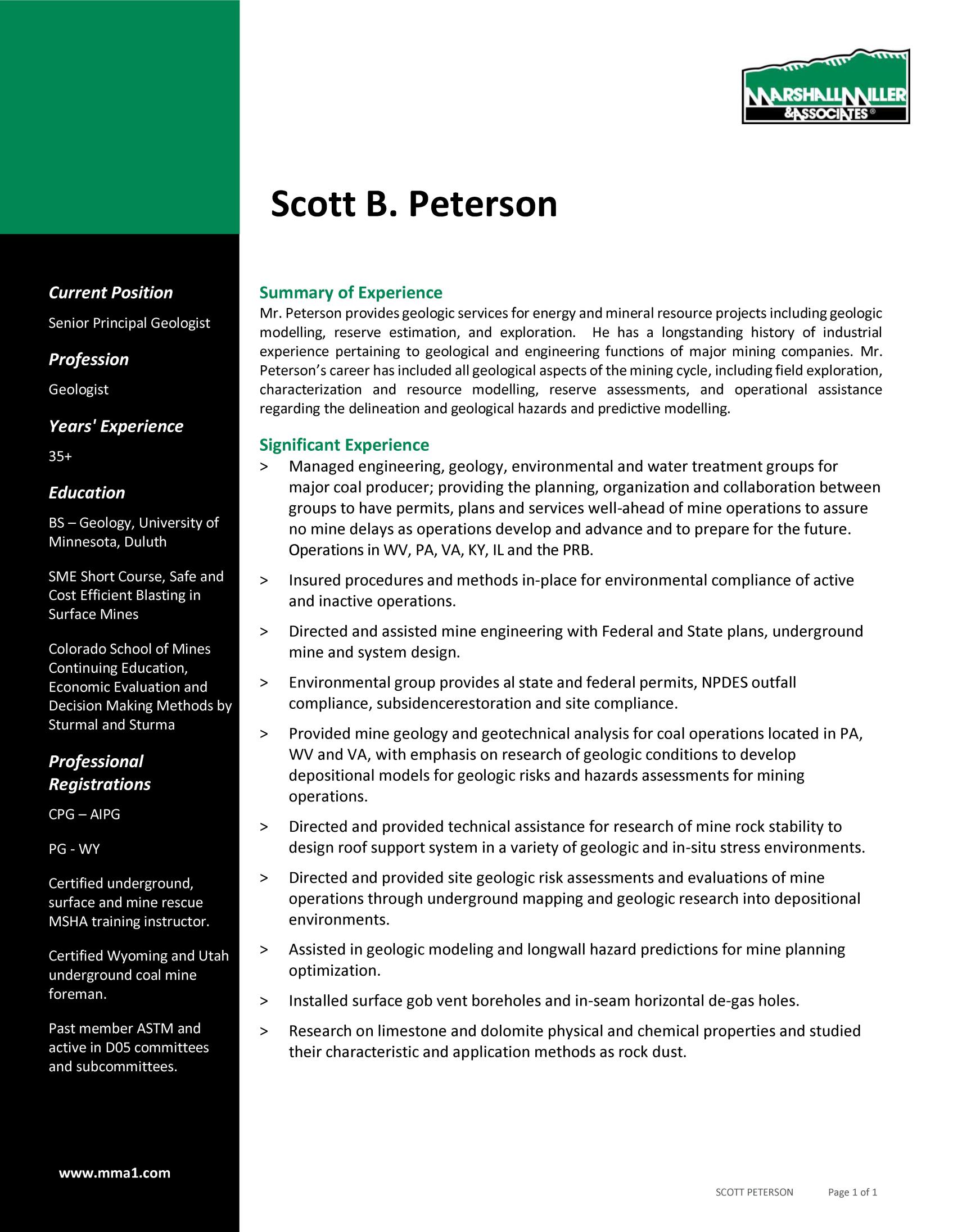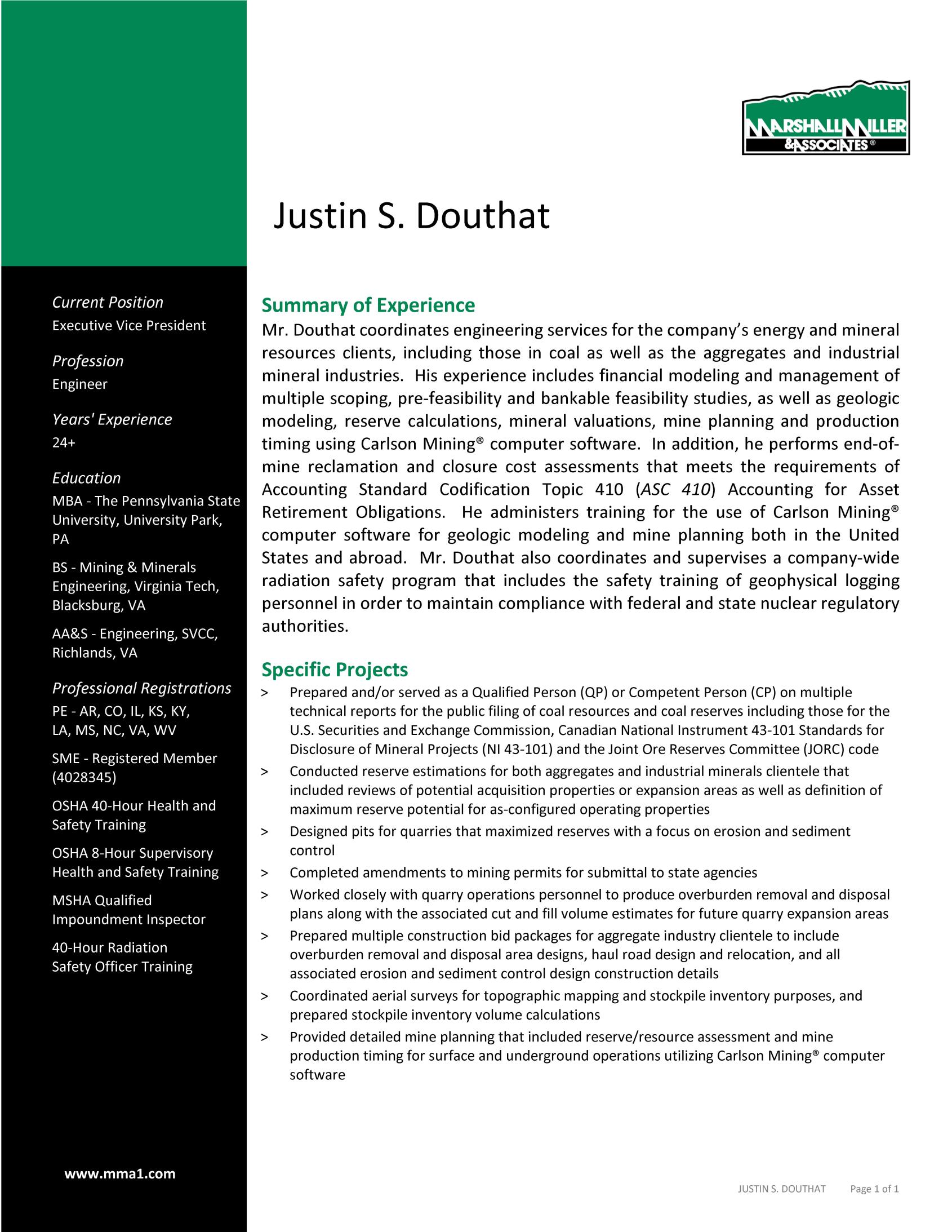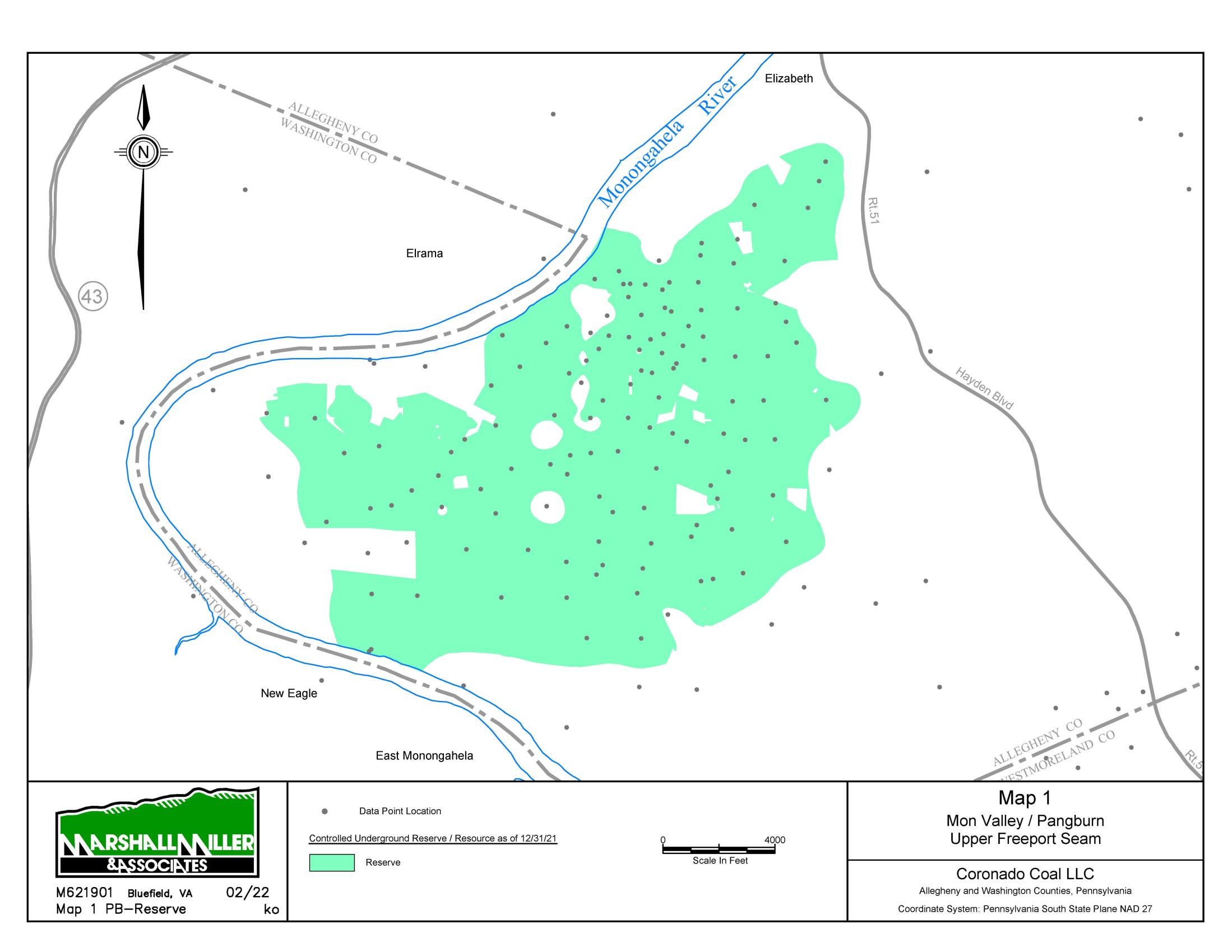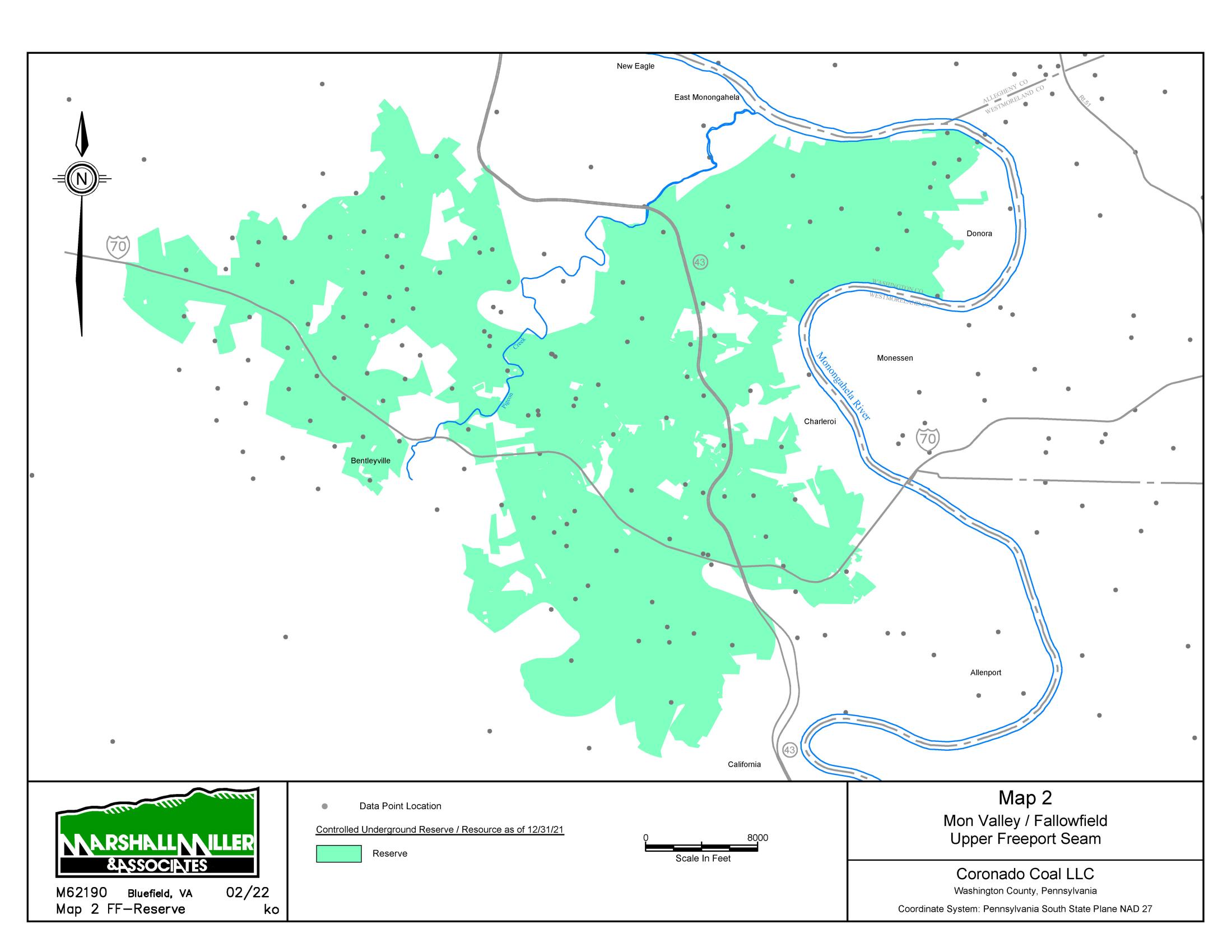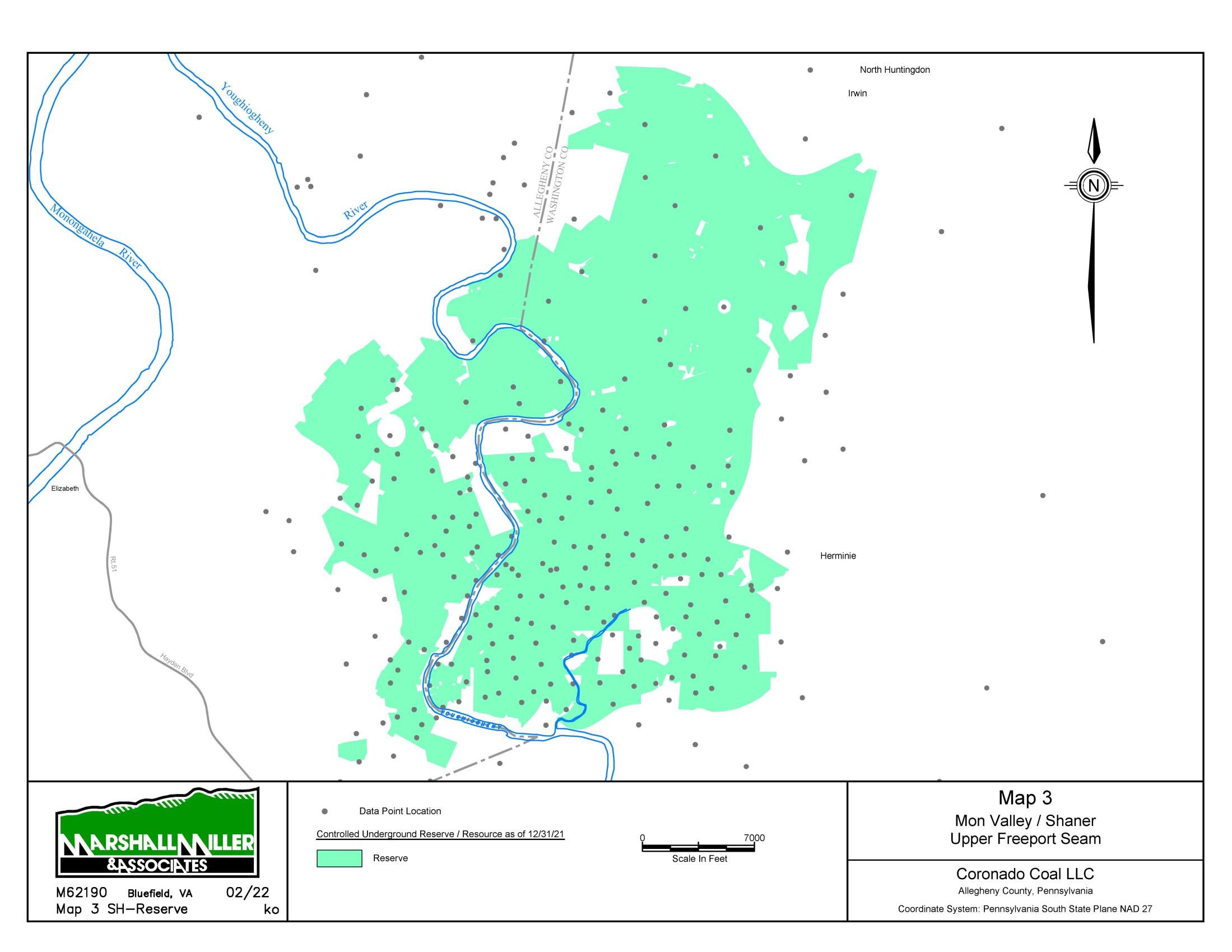
Statement of Coal Resources and Reserves
in Accordance with SEC and the JORC Code
as of December 31, 2021
Northern and Central Appalachian Coal Basins –
Virginia, West Virginia and Pennsylvania, USA
M
ARSHALL
M
ILLER
&
A
SSOCIATES
,
I
NC
.
10
Criteria
JORC Code explanation
Commentary
should be reported with an explanation of the
basis of the mining assumptions
made.
mine recovery; lack of access; insufficient exploration; or
uncontrolled surface
property for areas of proposed for surface mining.
>
While such factors were used to preclude the conversion
of a very limited number of
coal resources to coal reserves in this report,
the extensive history of mining on the
Properties would suggest that there are reasonable prospects
for eventual economic
extractions of all coal resources under favorable
market conditions.
Metallurgical
factors or
assumptions
>
The basis for assumptions or predictions regarding
metallurgical amenability. It
is always necessary as part of the process of
determining reasonable prospects
for eventual economic extraction to consider potential
metallurgical methods,
but the assumptions regarding metallurgical treatment
processes and
parameters made when reporting Mineral Resources may
not always be
rigorous. Where this is the case, this should be reported
with an explanation of
the basis of the metallurgical assumptions made.
>
The products mined from coal resources controlled by
Coronado can be sold into
high-, mid-, and low-volatile metallurgical coal markets
because of their inherent
>
Run-of-mine production is washed at the coal preparation
plants as needed for quality
>
Coronado may blend production from multiple
sources to manage ash and sulfur
content along with the rheological and petrographic
characteristics of the shipped
Environmental
factors or
assumptions
>
Assumptions made regarding possible waste and
process residue disposal
options. It is always necessary as part of the process
of determining reasonable
prospects for eventual economic extraction to consider
the potential
environmental impacts of the mining and processing
operation.
While at this
stage the determination of potential environmental impacts,
particularly for a
greenfields project, may not always be well advanced,
the status of early
consideration of these potential environmental impacts
should be reported.
Where these aspects have not been considered
this should be reported with an
explanation of the environmental assumptions made.
>
MM&A completed a Limited Phase I Environmental Site
Assessment (ESA) on the
Buchanan property
in April 2016, and on the Logan County
and Greenbrier Properties
in May 2017 on behalf of Coronado.
Coronado reports not having conducted such
a
study since the MM&A studies.
>
The ESAs completed by MM&A included a site inspection,
review of historical
records, a database search of State and Federal
regulatory records and interviews to
identify potential recognized environmental conditions (RECs)
that may create
environmental liability for the sites.
>
MM&A identified one REC at Greenbrier associated
with stained soil and gravel near
a fueling and maintenance area.
Coronado reported to MM&A that satisfactory clean-
up efforts were completed at Greenbrier.
>
Based on these former ESAs completed by MM&A,
it is MM&A’s opinion that
Coronado has a generally typical coal industry
record of compliance with applicable
mining, water quality, and environmental laws.
Estimated costs for mine closure,
including water quality monitoring during site reclamation,
are included in the TRS
Bulk density
>
Whether assumed or determined. If assumed, the
basis for the assumptions. If
determined, the method used, whether wet or dry, the frequency of the
measurements, the nature, size and representativeness
of the samples.
>
The bulk density for bulk material must have been
measured by methods that
adequately account for void spaces (vugs, porosity, etc), moisture and
differences between rock and alteration zones within the deposit.
>
Discuss assumptions for bulk density estimates
used in the evaluation process
of the different materials.
>
Laboratory derived seam densities measured in specific
gravity were used where
available.
As needed, these data were supplemented by estimated
seam density
values based on the relative proportion of
coal and non-coal material within the seam
(typically at 1.30 and 2.25 specific gravity, respectively).
>
Average seam density was determined for each coal deposit
and used to convert coal
volumes into coal tonnage estimates.


